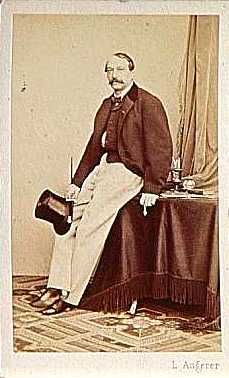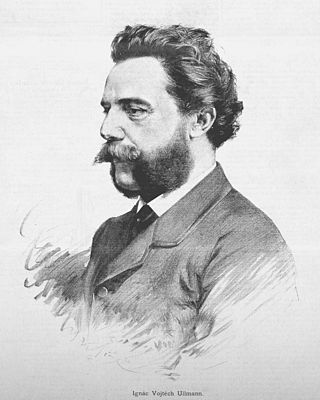
The Vienna State Opera is an opera house and opera company based in Vienna, Austria. The 1,709-seat Renaissance Revival venue was the first major building on the Vienna Ring Road. It was built from 1861 to 1869 following plans by August Sicard von Sicardsburg and Eduard van der Nüll, and designs by Josef Hlávka. The opera house was inaugurated as the "Vienna Court Opera" in the presence of Emperor Franz Joseph I and Empress Elisabeth of Austria. It became known by its current name after the establishment of the First Austrian Republic in 1921. The Vienna State Opera is the successor of the old Vienna Court Opera. The new site was chosen and the construction paid by Emperor Franz Joseph in 1861.
The year 1888 in architecture involved some significant architectural events and new buildings.
The year 1874 in architecture involved some significant architectural events and new buildings.
The year 1869 in architecture involved some significant architectural events and new buildings.
The year 1894 in architecture involved some significant events.
The year 1847 in architecture involved some significant architectural events and new buildings.
The year 1848 in architecture involved some significant events.

The Vienna Ring Road is a 5.3 km circular grand boulevard that serves as a ring road around the historic Innere Stadt district of Vienna, Austria. The road is located on sites where medieval city fortifications once stood, including high walls and the broad open field ramparts (glacis), criss-crossed by paths that lay before them.

Baron Karl von Hasenauer was an important Austrian architect and key representative of the Historismus school.
The year 1813 in architecture involved some significant events.

The Sofiensaal is a concert hall and recording venue located in Vienna, Austria. It is situated on Marxergasse, in the city's third district of Landstraße. The building burned down on 16 August 2001, but it was rebuilt and opened once again in December 2013.

Josef von Zítek was a Czech architect best known for two Neo-Renaissance landmarks in Prague, the National Theatre and the Rudolfinum.

Freiherr Heinrich von Ferstel was an Austrian architect and professor, who played a vital role in building late 19th-century Vienna.

The Carltheater was a theatre in Vienna. It was in the suburbs in Leopoldstadt at Praterstraße 31.

Eduard van der Nüll was an Austrian architect, who was one of the great masters in the historicist style of Vienna's Ringstrasse.

August Sicard von Sicardsburg was an Austrian architect. He is best remembered as the co-architect of the Vienna State Opera, together with Eduard van der Nüll.

Vojtěch Ignác Ullmann was a Czech architect working in Revivalism architecture, particularly Renaissance Revival architecture.

Victor Luntz, was an Austrian architect and Professor.
Lothar Paul Abel was an Austrian architect, and a lecturer at the University of Natural Resources and Life Sciences, Vienna.












